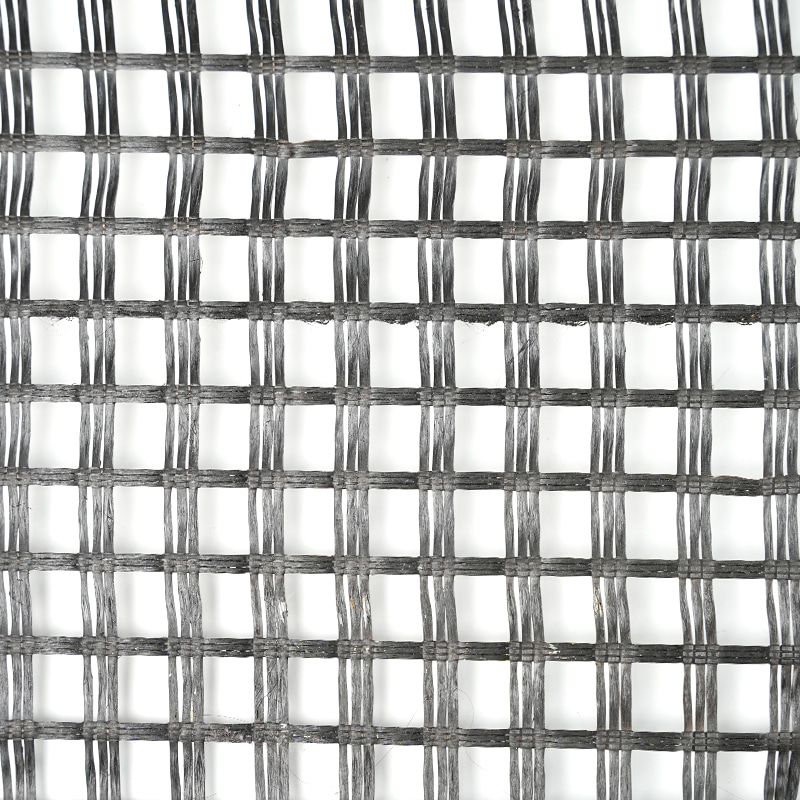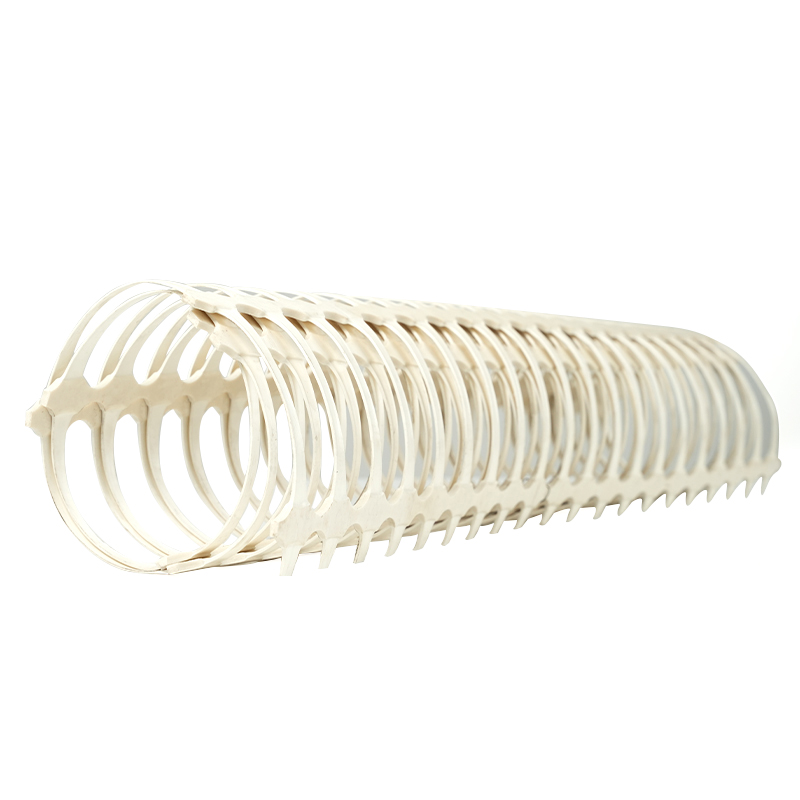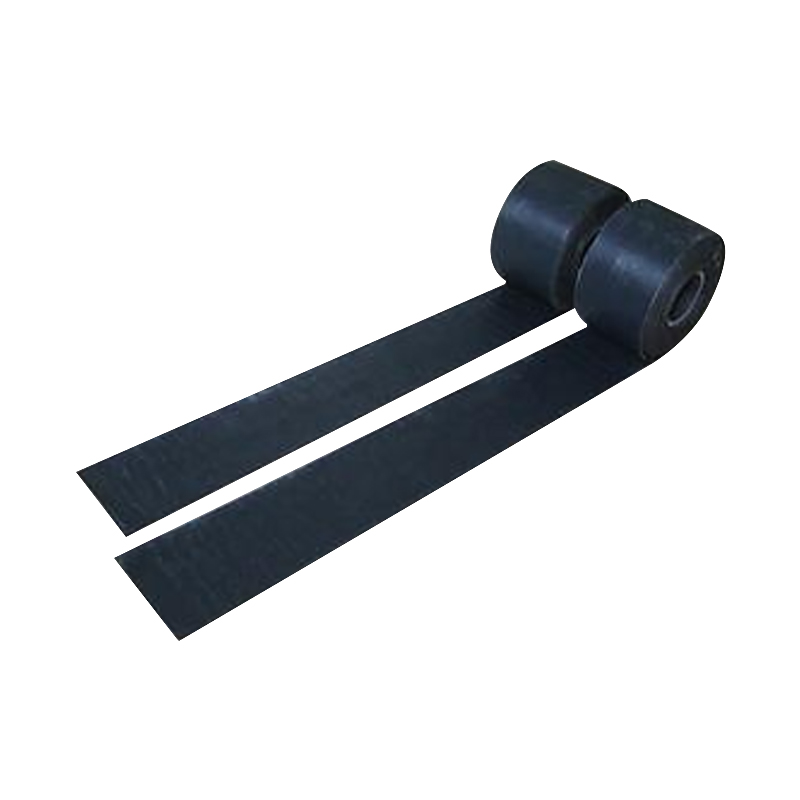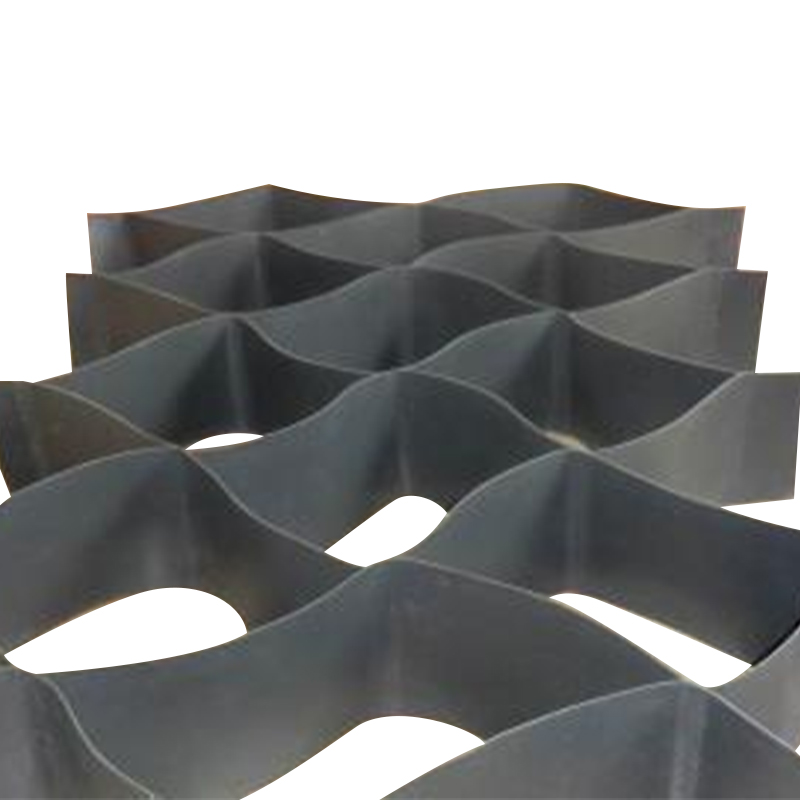 +86 133 3799 1209
+86 133 3799 1209 [email protected]
[email protected]
Web Menu
Product Search
Exit Menu
Industry News
Home / News / Industry News / Fiberglass Geogrid: an upstart in high-performance reinforcement materials for civil engineering
News categories
RECENT POSTS
-
What are the differences between a Granulator and other crushing equipment, and what are their combined usage plans?
Dec 12,2025 -
What is the optimal maintenance cycle and key component replacement recommendations for granulators?
Dec 05,2025 -
Will the Plastic Crusher Machine experience overload protection after prolonged operation?
Nov 28,2025 -
What is Fiberglass Geogrid?
Nov 21,2025 -
How to determine if a Geotextile strength machine test result is acceptable?
Nov 14,2025
Industry News
Mar 21,2024
Fiberglass Geogrid: an upstart in high-performance reinforcement materials for civil engineering
With the continuous development of civil engineering technology, the demand for high-strength and durable engineering materials is also growing. In this context, Fiberglass Geogrid emerged as the times require and plays an important role in multiple engineering fields with its excellent performance.
Fiberglass Geogrid is a mesh structure material made of glass fiber as reinforced material and woven through a special process. It has the advantages of light weight, high strength, corrosion resistance, and anti-aging, and can maintain stable performance in various complex environments. In addition, Fiberglass Geogrid also has good flexibility and can adapt to various terrains and engineering needs.
In civil engineering, Fiberglass Geogrid is mainly used for soil reinforcement, road enhancement, slope protection, etc. In terms of soil reinforcement, Fiberglass Geogrid can effectively improve the soil's bearing capacity and prevent soil erosion and landslides. In terms of road surface enhancement, it can increase the stability and durability of the road surface and reduce the cracking and deformation of the road surface. In terms of slope protection, Fiberglass Geogrid can enhance the stability of slopes and prevent slope collapse and landslides.
In addition to the civil engineering field, Fiberglass Geogrid is also widely used in other fields. For example, in environmental protection projects, it can be used to treat the bottom liners of landfills and sewage treatment plants to prevent the penetration and spread of pollutants. In water conservancy projects, Fiberglass Geogrid can be used to reinforce river embankments and reservoirs to improve the safety and stability of water conservancy facilities.
It is worth mentioning that the construction process of Fiberglass Geogrid is simple and fast, which can greatly shorten the construction period and reduce the project cost. At the same time, due to its excellent environmental performance, Fiberglass Geogrid also conforms to the current concepts of sustainable development and green building.
However, despite the many advantages of Fiberglass Geogrid, its usage conditions and limitations still need to be paid attention to in practical applications. For example, the performance of Fiberglass Geogrid may be affected in extreme temperatures or chemical environments. Therefore, when selecting and using Fiberglass Geogrid, it is necessary to make a reasonable combination and selection based on specific engineering needs and environmental conditions.
To sum up, Fiberglass Geogrid, as a revolutionary civil engineering reinforcement material, has shown broad application prospects in many fields. With the continuous advancement of science and technology and the continuous innovation of engineering technology, it is believed that Fiberglass Geogrid will play a more important role in the future and contribute more to the development of civil engineering.

PRODUCT
CONTACT INFO.
 Tel: +86 133 3799 1209
Tel: +86 133 3799 1209 Fax: +86 0515-884 37718
Fax: +86 0515-884 37718 E-mail: [email protected]
E-mail: [email protected] Add: No. 238 Fengxiang Road, Environmental Protection Industrial Park, Tinghu District, Yancheng City, Jiangsu, China
Add: No. 238 Fengxiang Road, Environmental Protection Industrial Park, Tinghu District, Yancheng City, Jiangsu, China
Copyright © 2023 Jiangsu Saide Machinery Co., Ltd. All rights reserved. Custom Geogrid Manufacturer Geogrid Equipment Factory


 中文简体
中文简体 русский
русский عربى
عربى







